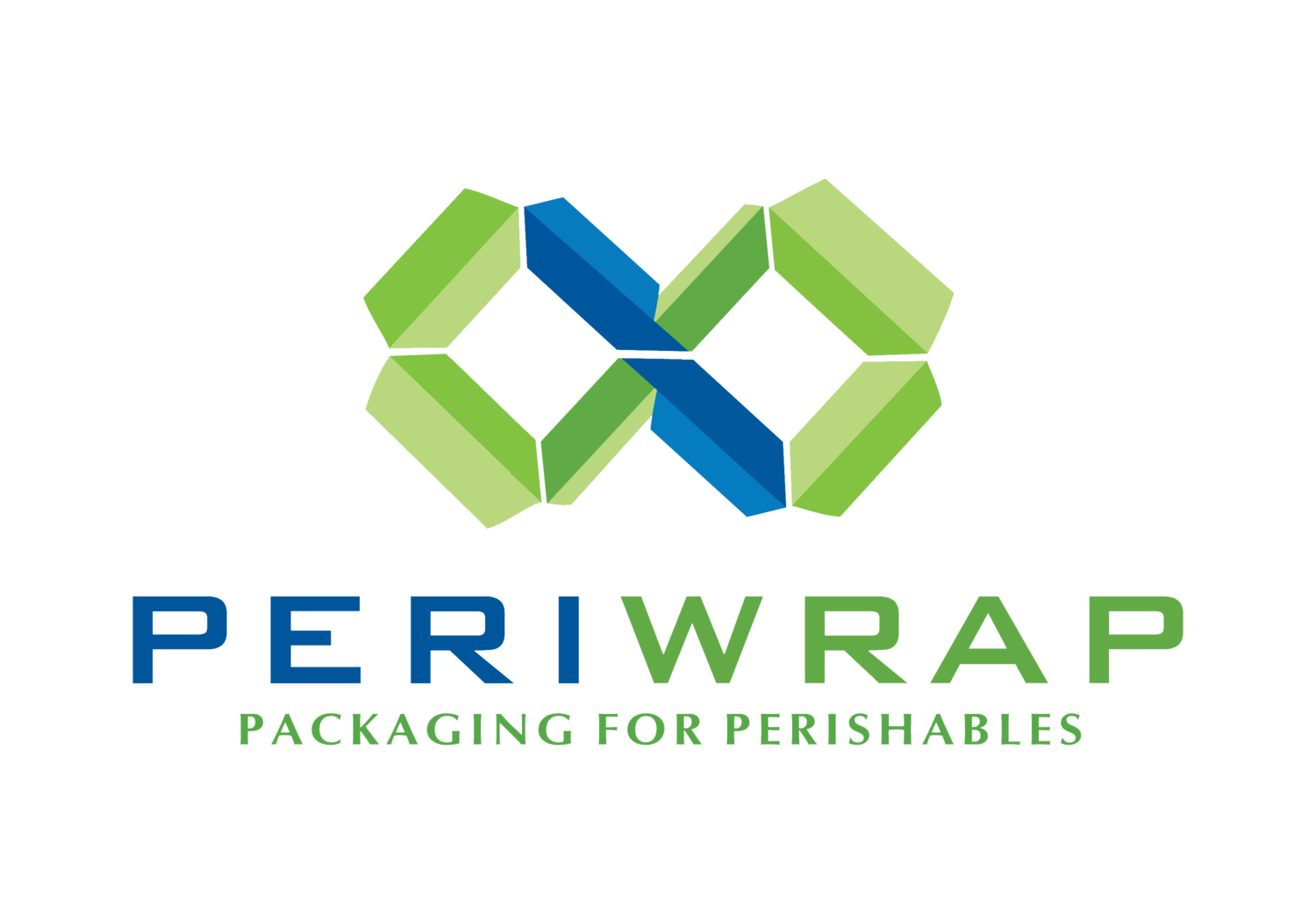How A Pet Food Company Ships Sustainably
At PeriWrap, we work with clients from a diverse range of industries to develop custom packaging that fits each business’ unique needs. In the following case study, we share the story of how we helped a large-volume shipper of frozen pet food obtain a 72-hour transit time at a lower cost-per-set while transitioning away from dry ice and plastic liners. Read on to learn what gave our product a leg up on our competition.
When this client first came to us, they were using our competitors’ plastic liners. Unhappy with the performance as well as the environmental impact, they wanted a more sustainable insulation solution.
After reviewing sizing and types of materials, we suggested our CorrCool Plus Liners, which are made from 95% post-consumer content. We cut samples to the size of their boxes, but the liners didn’t fit perfectly. When the new samples still didn’t fit, we knew we needed to call in our engineers. The benefit of having engineers on hand is that they can fine-tune specs. In this case, it meant adjusting the size of our liners by a fraction of an inch.
In addition to more sustainable liners, our client also wanted to move away from using dry ice. They needed a refrigerant that would help them save on cost and weight while still hitting their desired 72-hour transit time, so we suggested Gel Packs. We created a test shipment with temperature tags to monitor the temperature of the shipment throughout and ensure it remained at freezing point. Upon testing, our CorrCool Liners with the Gel Packs outperformed our competitor’s liners with flying colors. However, this client still had extra dry ice in their facility that they wanted to finish using first. When we tested a shipment using our new liners and dry ice, the temperature test failed. We sent it back to our engineers to figure out why.
After many rounds of side-by-side testing, our engineers concluded that our competitors’ liners worked with dry ice because they contained plastic, whereas our paper-based liners were absorbing the energy and making the dry ice melt too quickly. Our client valued sustainability and wanted to switch over to paper liners immediately, so we suggested using a little extra dry ice to make up for the change in temperature. These new packages stayed frozen for 60 hours (about 2 and a half days), but our customer still wanted to achieve the 72-hour transit time for peace of mind. So, they decided to up the amount of ice even further and placed a large order with us to use up the rest of their dry ice.
Our CorrCool Plus liners lowered this client’s overall package weight by a pound, reducing both freight costs and environmental impact. Once they switch over to Gel Packs, they’ll save even more on weight and cost while continuing to become more sustainable. As we go into summer, we plan to test a few shipments with ice bricks, which are more dense than dry ice and tend to last longer than a traditional gel pack while also less expensive. We look forward to continuing to work with this customer on more sustainable, cost-effective packaging solutions.
Ready to work with our dedicated team of sales representatives and engineers to boost the performance of your packaging? Reach out for a consultation today.

